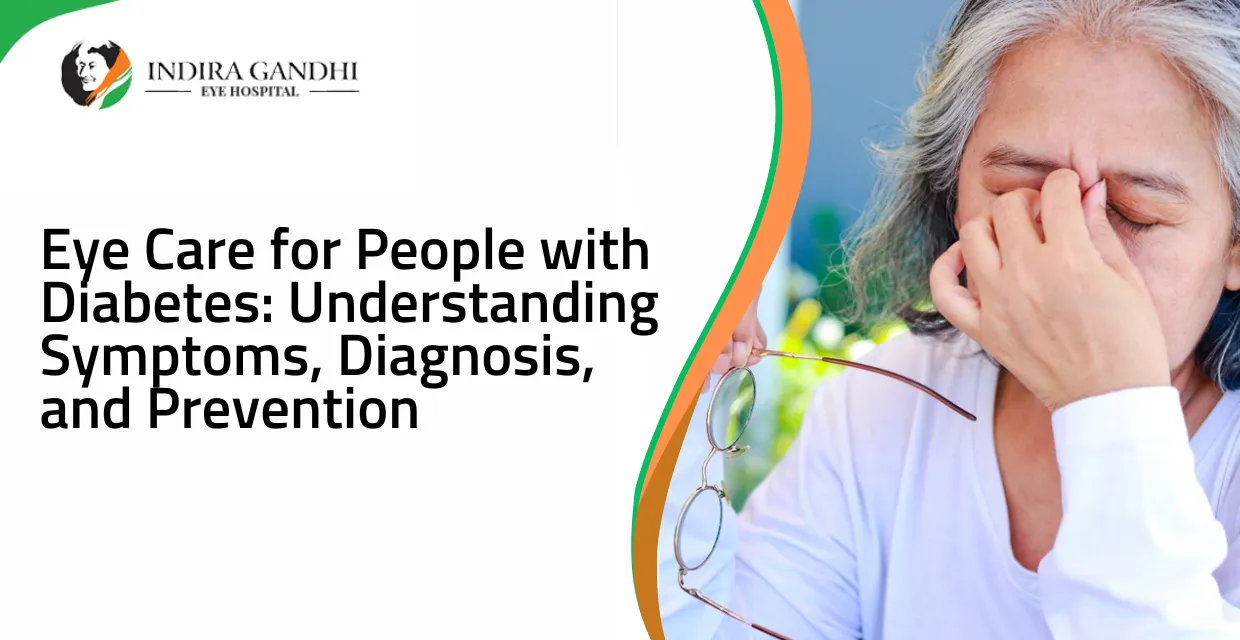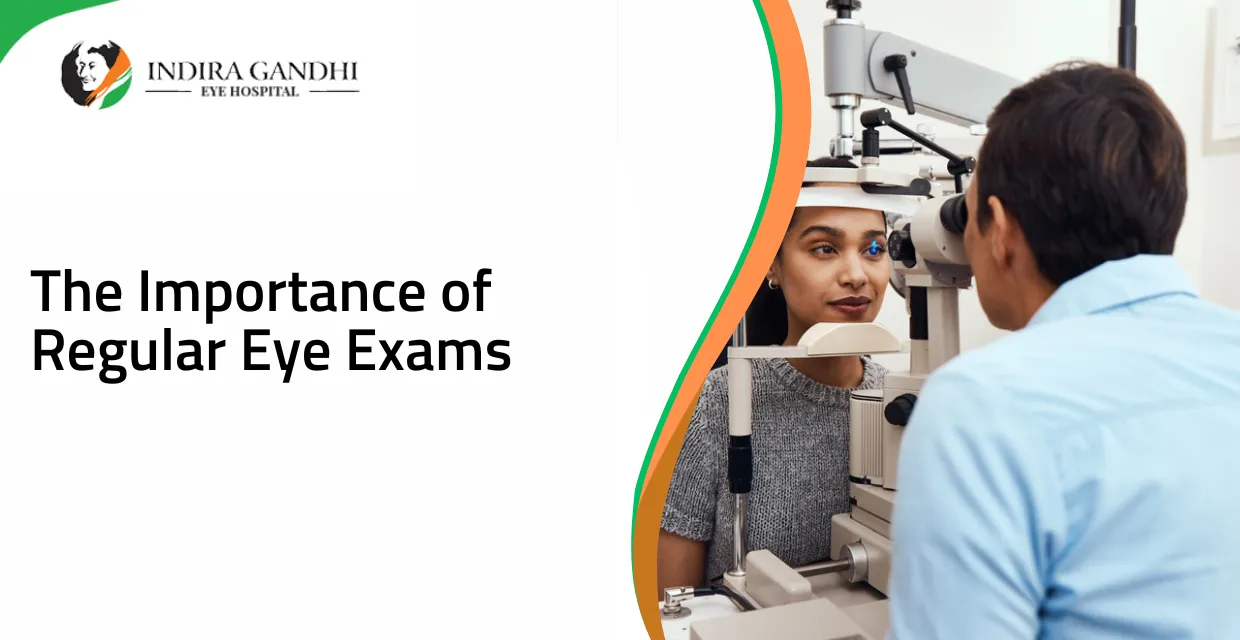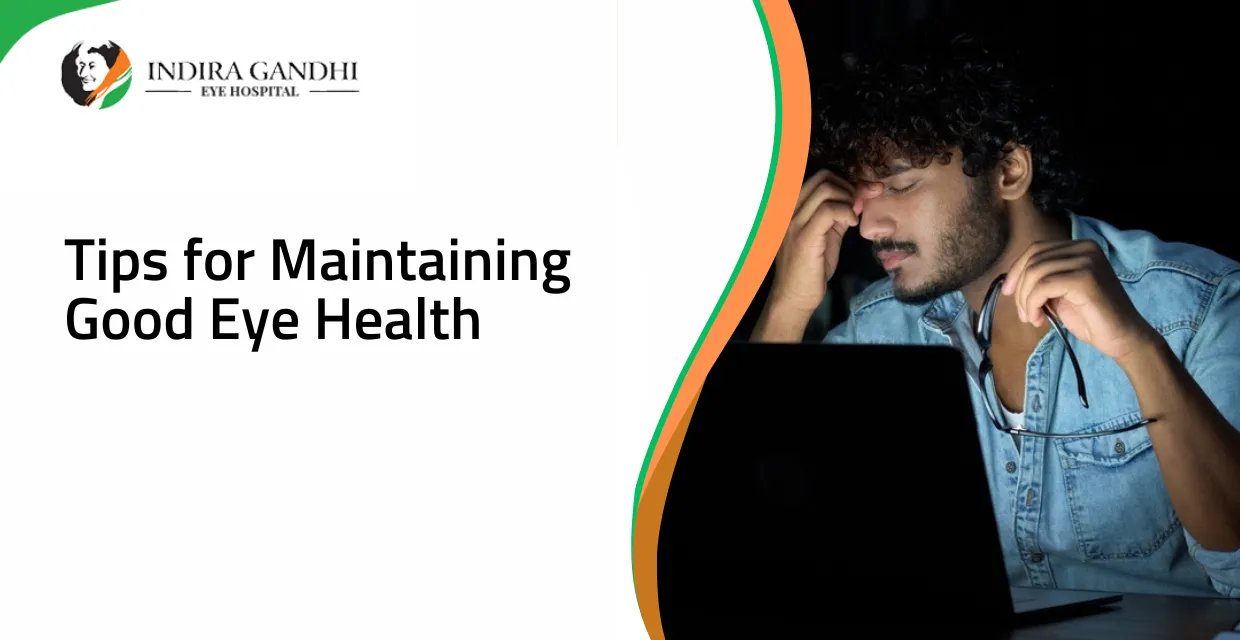Have you ever noticed how your eyes feel after spending hours in dim or overly bright light? You might experience headaches, dry eyes, or even blurred vision. This is because the lighting around you is crucial in maintaining your eye health. Proper lighting doesn't just make it easier to see it helps protect your eyes from strain and long-term damage. Let’s explore how proper lighting affects your eye health and what you can do to ensure your eyes stay healthy.
The Importance of Proper Lighting
Lighting impacts how your eyes focus and process visual information. When the lighting is too dim, your eyes must work harder to focus, leading to strain and fatigue. Conversely, overly bright lighting can cause glare, making it difficult for your eyes to adjust and increasing the risk of discomfort. Proper lighting, therefore, is essential to create an environment that is comfortable for your eyes.
How Improper Lighting Affects Your Eyes
Eye Strain and Fatigue: Poor lighting conditions force your eyes to work harder than necessary. This can result in eye strain, often as headaches, tired eyes, and difficulty focusing on tasks.
Blurred Vision: If your eyes constantly adjust to different lighting conditions, you might experience blurred vision. This is because your eyes struggle to maintain a consistent focus when lighting is inadequate.
Dry Eyes: Spending time in environments with harsh lighting can reduce your blink rate, leading to dry eyes. This condition can make your eyes feel scratchy, irritated, and uncomfortable.
Long-Term Effects: Continuous exposure to improper lighting can contribute to more severe eye problems, such as the need for eye Sight Correction in Gurgaon. Addressing lighting issues early is essential to prevent long-term damage.
The Science Behind Lighting and Eye Health
Proper lighting ensures that your eyes are not under unnecessary stress. The right light should be sufficient to read, write, and work without squinting or straining. Here’s how different types of lighting can affect your eyes:
Natural Light: Natural light is the best source of light for your eyes. Sunlight is balanced, offering the right mix of colors that help reduce eye strain. Positioning your workspace near a window can help you use natural light.
Artificial Light: While natural light is ideal, it's not always available. In such cases, artificial lighting becomes necessary. LED and fluorescent lights are standard, but they vary in quality. Cool white lights can cause glare, while warm lights are gentler on the eyes. Choosing the right artificial light can significantly affect your eye comfort.
Blue Light: With the rise of digital screens, blue light exposure has become a significant concern. Blue light has a shorter wavelength and higher energy, which can penetrate deeper into the eyes, potentially causing damage over time. Screen filters or glasses blocking blue light can help reduce this risk.
Tips for Proper Lighting
Here are some practical tips to help you create an eye-friendly lighting environment:
Use Adjustable Lighting: Adjustable lamps allow you to control the light you need for different tasks, reducing the risk of eye strain.
Avoid Glare: Position lights so that they don’t cause glare on your screens or reflective surfaces. Glare can make it difficult for your eyes to focus, leading to strain.
Use Task Lighting: Task lighting, such as a desk lamp, provides focused light where you need it most, reducing the need for your eyes to strain in dim conditions.
Incorporate Natural Light: Whenever possible, use natural light in your workspace. It’s the best type of light for reducing eye strain and improving overall comfort.
Technical Details: Understanding Luminance and Contrast
Luminance and contrast are technical aspects of lighting that directly impact eye health.
Luminance: This refers to the intensity of light emitted from a surface. Ideal luminance levels for reading and writing are between 300 and 500 lux. This range ensures that your eyes are comfortable and can focus easily without straining.
Contrast: Contrast refers to the difference in luminance between objects and their background. High contrast is crucial for tasks like reading. However, too much contrast can cause glare, so finding an easy balance on the eyes is essential.
Table: Optimal Lighting Conditions for Eye Health
Task | Recommended Luminance (Lux) | Suggested Lighting Type | Notes |
Reading | 300 - 500 | Warm LED, Incandescent | Use a desk lamp for focused light. |
Computer Work | 500 - 1000 | Cool LED, Fluorescent | Position light sources to avoid glare on the screen. |
General Living Area | 150 - 300 | Warm LED, Natural Light | Incorporate natural light as much as possible. |
Detailed Craftwork | 1000+ | Bright LED, Daylight Fluorescent | Ensure even lighting across the workspace. |
Final Thoughts
Proper lighting is more than just a comfort—it's necessary to maintain good eye health. By ensuring your environment has the right type and amount of light, you can protect your eyes from strain, dryness, and potential long-term damage. Whether at home, work, or outdoors, paying attention to the lighting around you is a simple yet effective way to keep your eyes healthy.
Remember, if you're experiencing persistent eye strain or vision issues, it may be time to consider Eyesight Correction in Gurgaon to address any underlying problems. Prioritising your eye health today can lead to more straightforward, more comfortable vision tomorrow.





